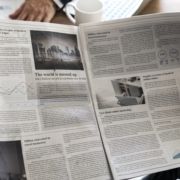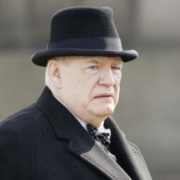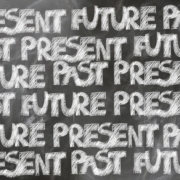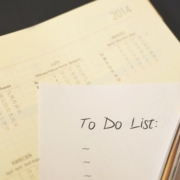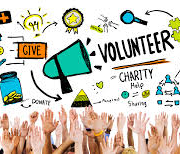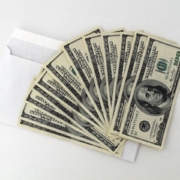How to write a press release
Some writers groan a bit when faced with a press release to write. Is this what I got into copywriting for? Shouldn’t I be away on a Tahitian island doing a photoshoot for some ad what I wrote? Welcome to the real world! Press releases are your bread and butter and, though they are certainly not exciting, they demand certain writing skills and, when done well, should give you something to be proud of. To me, penning them was the writing equivalent of mouthwash. There’s something very refreshing about producing something that’s pure and clear with no flimflam or emotional stuff going on.
Table of Contents
So then, how do you go about gargling, rinsing and spitting out a cracking press release?
1. The angle
The ‘angle’ is vital. Don’t just retell what the client told you. Turn the brief into a kind of story, give it a “narrative” in jargonspeak. So, for instance, don’t settle for just saying that XYZ product has been launched but find something unique about what this means. Is it the biggest, best, longest? Was there something interesting about how the product was conceived or produced? How will life be different now it’s out there? There’s always a story there somewhere if you dig deep enough.
Your average journalist will receive tens or hundreds of press releases each day, most of which will be deadly boring. Yours needs to be different. Give the journalist a reason to read further. Imagine what will turn him or her on, professionally speaking. You may even need to write different versions with different angles for different publications.
2. The headline
Some people say that you should write the headline after writing the body of the press release. They think that it’s easier to summarise the content once you know what that content is. Personally, I’d write it at the beginning because it will help you define the angle I’ve just been banging on about. It helps you focus because, as you’re writing you can constantly ask yourself: “Is what I’m writing supporting what the headline says?”. If it isn’t, delete it.
Bear in mind though that yours is unlikely to be the headline that ultimately appears in print so don’t bother trying to get creative with loads of clever puns. Think mouthwash: how can you say something interesting as crisply and cleanly as possible?
And let’s not overlook the basics. Type your headline using bold type and a slightly larger font size than for the body copy. Don’t do it in ‘all caps’ because the journalist who reads it won’t know if certain words should start with a capital letter when they come to edit it.
3. The body copy
In the newspaper world, if an article doesn’t fit the space available they’ll edit it from the bottom up. So whatever you do don’t put all the juicy stuff down there. In fact you should get the whole story told in the first paragraph. That makes it safe from the editor’s red pen but it also takes into account the fact that the average reader is only going to skim stories, not read them in full.
The classic formula is to cover all the Ws in that first para: Who? What? When? Where? Why? (And maybe How? if it’s relevant.) Incidentally this old fashioned approach probably also helps with all that new-fangled SEO shenanigans although the rules of how to get a good ranking seem to change every day.
It’s amazing what a difference it makes to put in a quote from someone. It really lifts even the most boring topic by giving it a human face, making it all a bit more real. Try and get a quote from the client or – better still – from someone at the coalface who was actually involved in a product’s development or who was closely linked to whatever story you’re telling. You can even make up a quote as long as you get permission from the person you’re going to attribute it to.
As for the basics, keep it concise and on message. One or two pages max. About 250 words should do the trick. Use short sentences and short paragraphs too. It’s also good form to begin the body copy with the date when it’s being written (or sent out) and the city where the story is coming from. End it all with three #s right at the bottom.
4. The call to action
This is important. Generally the whole point of a press release is to get a journo to call and find out more about the story. So after the three #’s at the base of your press release you must have a call to action, something like:
If you’d like to find out more information about this topic or to schedule an interview with <person issuing release>, please call <pr contact> at <company> on <number>.
5. Other practical stuff
Remember that you’re writing a press release not an article. If a journal is pushed for time or it just needs fillers it may stick your first paragraph more or less as is in their ‘News in brief’ section. But generally you’re just giving another writer the bare bones of the story for them to fatten up in whatever way they see fit. So keep it simple and factual.
Most press releases include a ‘boilerplate’ at the end. This is a paragraph of copy all about the company involved. It’s a kind of mini biography to give some background information. (This wouldn’t be suitable for putting in the press release itself because it doesn’t directly support the headline but it could still be useful to know.)
Last but not least, don’t bother with any fancy formatting in your document. Graphics tend to just get in the way too. It’s sometimes a good idea to let a journal know that photos or graphics are available but don’t let them clutter your lovely, simple and clean copy.
And that is how to write a press release.
Please let us know what you think of this topic by leaving a short (or long!) comment below. And sign up now for our regular newsletter at the bottom of the page.

